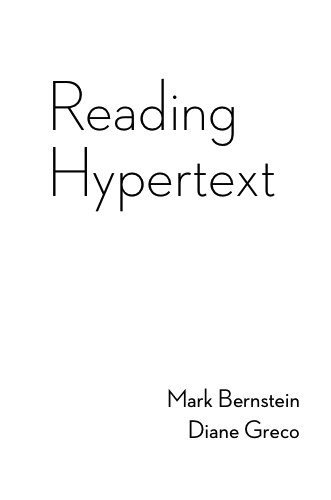Fictional User Interfaces

On the sets of many summer blockbusters, crafts people are hard at work, many of whom will never get the credit they deserve. These people include sound, lighting, camera, and costume experts, and one other group that is often under-appreciated: people who design fictional computer interfaces.
From War Games to Hackers to I, Robot, futuristic computer interfaces present interesting design challenges that become more and more universal as art shifts toward the screen. A recent feature in Gizmodo spotlighted one FUI designer, Mark Coleran, and discussed FUI creation.
Designing a fake dashboard for an imagined supercomputer or a hovering control panel for a worldwide surveillance system is a different process than creating a genuinely usable UI. Your goal is to imply things: that a machine is powerful; that a villain is formidable; that the software is intuitive, but that the breadth of its powers borders on unknowable. At no point does real-world usability factor in, and nor should it—this is pure fantasy, for an audience raised on Start Buttons, desktop icons and tree menus.
If real UIs must be usable, and FUIs must imply things without needing to be usable, the UIs in electronic literature must lie somewhere in the middle. The design features of the interface say a lot about the piece itself and are bound by the same artistic rules that the FUI is. However, they must also be usable so that the reader may interact with the piece. This combination presents an interesting design problem when designing hypertext art.
Luckily we may have help in the future. Coleran is calling for listings of FUI productions to create a compendium for fans and future developers to draw upon.
